Celebrate Father’s Day In Delhi At These Must-Visit Heritage Spots
There's something timeless about walking through Delhi's past with the man who shaped your life. This Father's Day, ditch the regular restaurant reservations. Instead, spend the day with your dad reliving stories of emperors, freedom fighters, poets, and kings. From ancient forts to Mughal gardens, Delhi has the perfect heritage trail for you. Here are some of the best heritage sites in Delhi to explore with your father, each spot echoing with stories from the past.
ALSO READ: Escape The Ordinary — 5 Offbeat Destinations To Take Your Dad This Father’s Day
1. Red Fort
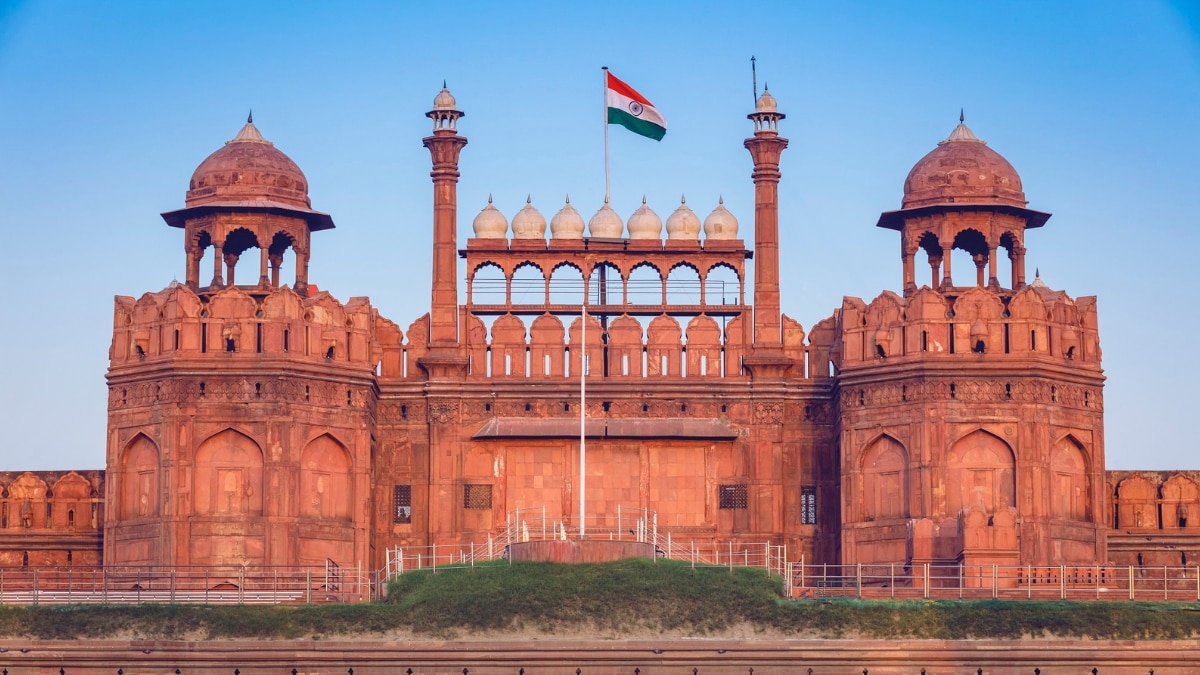 (Image Source: Twitter/@incredibleindia)
(Image Source: Twitter/@incredibleindia)
You can start you day at Lal Qila, the iconic seat of the Mughal Empire. Built by Shah Jahan, this historical site reflects legacies. As you walk through the majestic gates and red sandstone walls, the old Delhi charm may leave you speechless. Don't miss the Chatta Chowk bazaar that's perfect for picking up a few sovenirs. The best time to visit Red Fort is during the early morning or late afternoon.
These red sanstone walls have witnessed centuries, from Mughal zenith to India's first Independence Day. Walking through its Lahori Gate, past the marble halls and Mughal gardens, becomes an act of remembering the roots we share as a nation.
2. Humayun’s Tomb
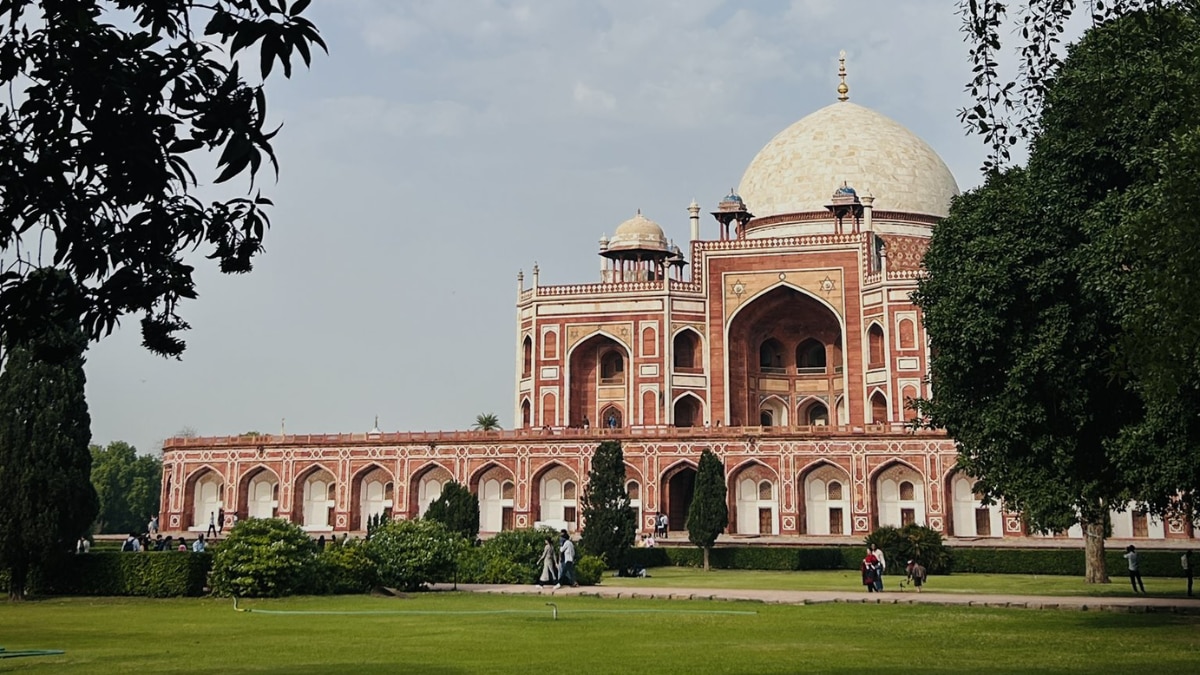 (Image Source: Twitter/@aam_naa)
(Image Source: Twitter/@aam_naa)
Humayun's Tomb, a masterpiece that predates and inspired the Taj Mahal, should be the next destination on your list. It's not just an architectural marvel, but also a peaceful site with symmetrical Mughal gardens and intricate inlay work. The site is serene, making it ideal for a long conversation on a shaded bench or for sharing stories over snacks. This UNESCO World Heritage Site, is the perfect place to walk, click pictures, and soak in the grandeur of Delhi’s imperial past.
Explore the adjoining Quwwat-ul-Islam mosque and explore India’s great Islamic architecture. It's really a gem which leaves tourists question how such intricate stone carvings were made without the use of machines.
3. Qutub Minar
 (Image Source: Twitter/@StampedMoments)
(Image Source: Twitter/@StampedMoments)
The tallest brick in the world, Qutub Minar, is also a UNESCO World Heritage Site. This 238 feet tall structure stands with dignity against Delhi's skyline. Walking beneath its towering shadow and intricately carved walls is bound to spark conversations about history, dynasties, and time itself. This marvel from the medieval history of India, stands tall since the 12th century. Stroll through the Qutub complex, past the intricately carved Alai Darwaza, Quwwat-ul-Islam mosque, and the Iron Pillar that has resisted rust for years. This towering emblem of Indo-Islamic architecture is set in a peaceful atmosphere, with the birds chirping.
4. Lodhi Garden
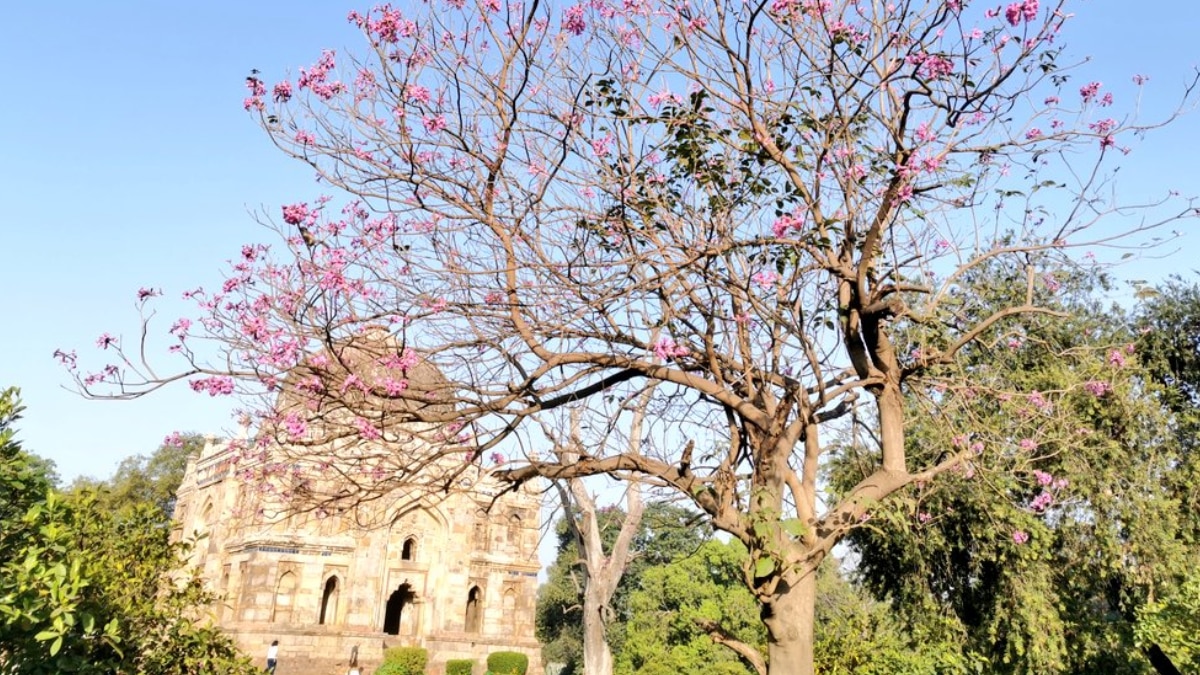 (Image Source: Twitter/@delhitrees)
(Image Source: Twitter/@delhitrees)
Nestled in the heart of New Delhi, this 90-acre garden is dotted woth majestic tombs of Sayyid and Lodhi dynasty rulers, including the grand Bada Gumbad and the elegant tomb of Sikander Lodi. Walk along tree-lined pathways, past lotus ponds and ancient stone bridges, while soaking in Delhi’s medieval past. It’s a perfect place to sit under the shade, have heart-to-heart conversations, or even carry a picnic basket for a relaxed brunch. This destination blends serenity with historic charm which makes it even more meaningful.
5. Agrasen Ki Baoli
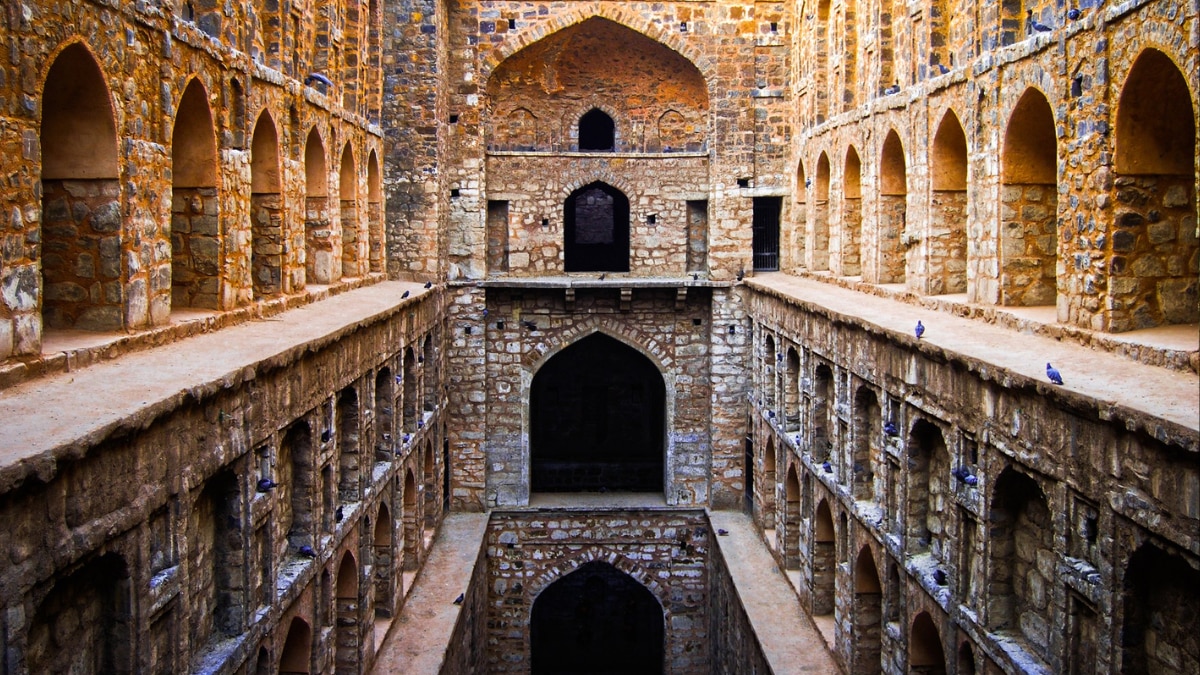 (Image Source: Twitter/@nehaguptaphoto)
(Image Source: Twitter/@nehaguptaphoto)
If you and your dad love uncovering the secrets of the past, Agrasen ki Baoli offers a ascinating blend of mystery, mythology, and medieval engineering. Tucked between Connaught Place’s modern skyline, this ancient stepwell transports you to a time when architecture was deeply functional yet aesthetically striking. The baoli features 108 steep stone steps and is known to be haunted by many. Legend has it the baoli was once filled with black water, adding an eerie aura to the otherwise tranquil monument. This historical destination of Delhi is full of mytery and oldworld charm.
6. Safdarjung’s Tomb
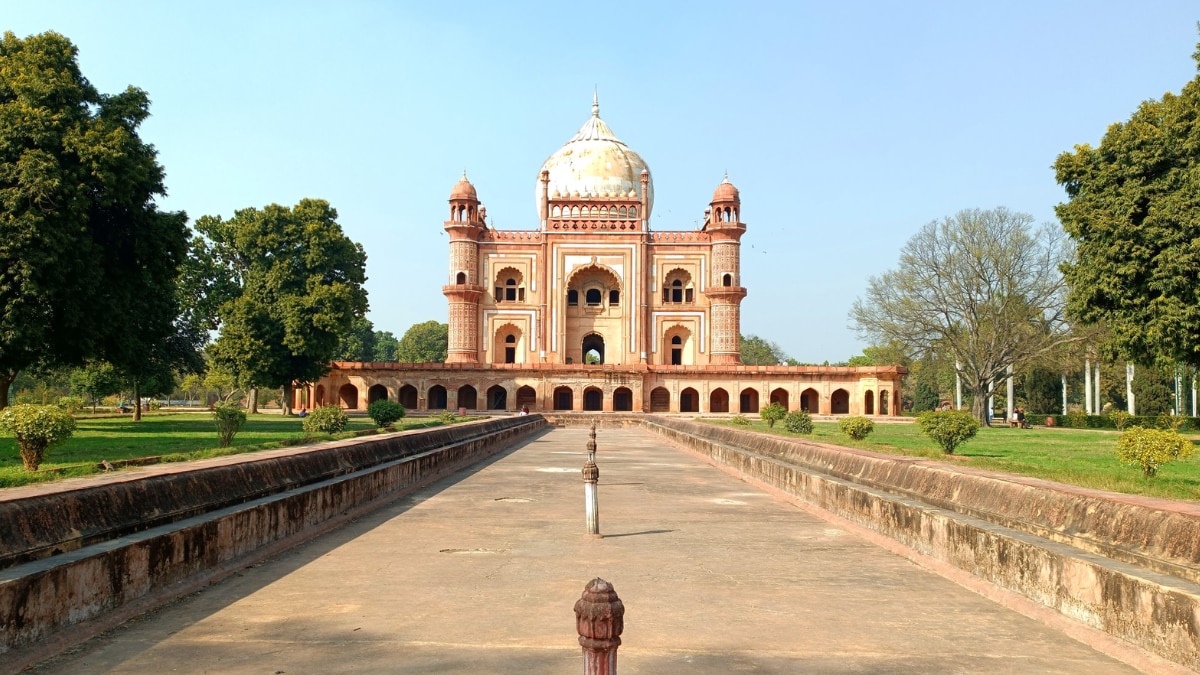 (Image Source: Twitter/@barunghosh)
(Image Source: Twitter/@barunghosh)
Safdarjung's Tomb is the last monumental tomb garden of the Mughals, marking the end of an era. Stroll through the symmetrical charbagh gardens lined with water canals, and admire the central sandstone and marble structure with its massive dome and arched pavilions. Built in 1754, this late Mughal mausoleum stands as a poignant tribute to Safdarjung. Explore the details of the fading frescoes, carved jalis, and Mughal motifs, and reflect on how beauty lies in quiet endurance.
lifestyle